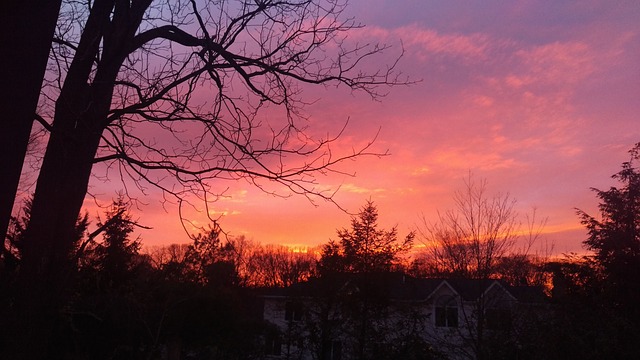Inspiration is everywhere if we just look out for it. However, as mentioned in the previous post, we tend to become focused on negative news, rather than positive stories. Inspiration leads to health and well-being, while negative-oriented news creates distraction and emotional disturbance – especially where events are sensationalised to create the maximum emotional impact.
One of the very helpful sources of inspirational stories is TED Talks – an endless source of video presentations on every conceivable topic by numerous people from different corners of the world who have achieved much to improve the human condition.
One such talk was given by Dr. Lucy Kalanithi – What Makes Life Worth Living in the Face of Death? In this outstanding presentation, Lucy discusses how she and her husband Paul, a neuroscientist, coped with the knowledge that at the age of 37 he was dying from Stage IV lung cancer.
In her optimistic -and sometimes humourous – talk, Lucy makes some key points:
- the critical importance to keep talking to each other, with no topic off limits
- realising that the person who is dying must work to reshape their identity
- making conscious choices together about ongoing health care
- learning to accept the pain of your dying partner
- finding beauty and purpose amidst the sadness
- learning that resilience, in this situation, means bouncing back to real living without denying the reality of impending death.
The video of the presentation by Dr. Lucy Kalanithi is given below:
Besides building bonfires on the beach and watching the sunset with her friends, Lucy found that “exercise and mindfulness meditation helped a lot” after Paul’s death.
Both Paul and Lucy were noted for their compassion towards others. As they were able to grow in mindfulness through this compassion and their intense living-in-the moment, they were better able to cope with the reality of Paul’s terminal illness.
By Ron Passfield – Copyright (Creative Commons license, Attribution–Non Commercial–No Derivatives)
Image source: Courtesy of martythelewis on Pixabay

